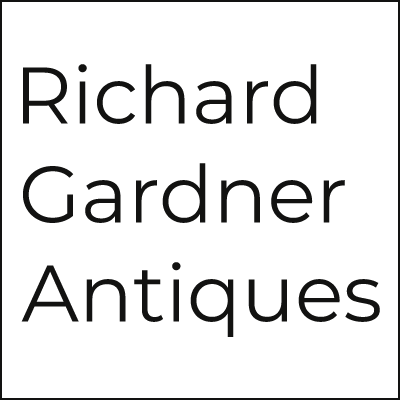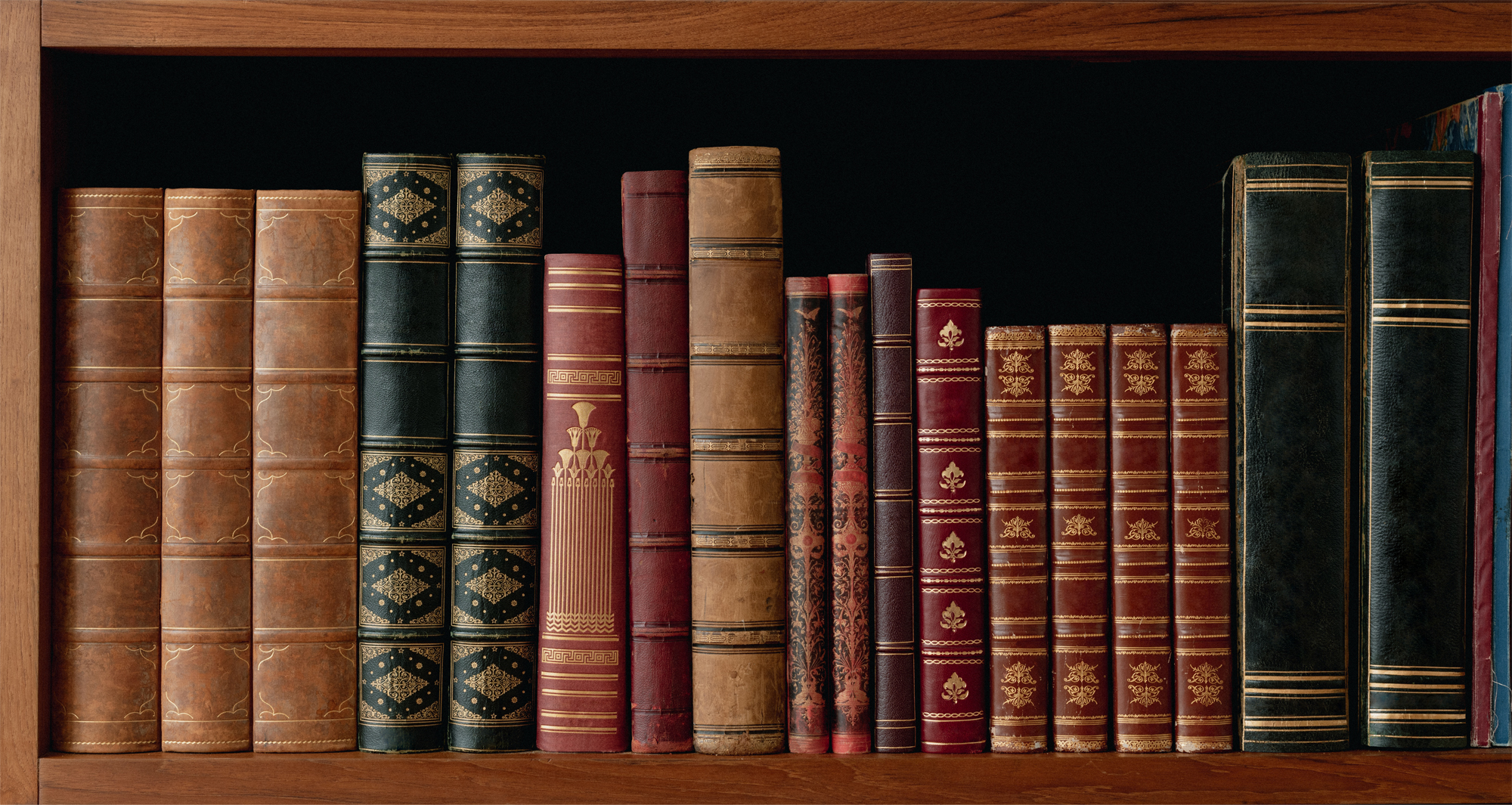Z
Zebrawood A decorative reddish brown wood barred with dark stripes, also known as tigerwood. It is hard and heavy it is Brazilian timber and can be seen more commonly in banding and inlaid decoration. It was sometimes used as veneer for complete surfaces of bureaux desks and tables in the late18th Century and throughout the 19th Century.
zinc A white bluish metallic element. Used to form alloys such as brass, bronze, and nickel silver. It was not produced commercially in Britain until the 18th Century.
Zircon A gemstone that ranges in colour through yellow, red and orange to green. Colourless, golden-brown and sky blue versions are produced by heat treatment. The most suitable mineral comes from Sri Lanka and the Far East. Hyacinth is the term used for yellow and brown shades and transparent or colourless types are known as jargoons or jargons. Colourless zircons are sometimes used as substitutes for diamonds but they are not brilliant or hard.
Zoerope Optical toy that was popular in Victorian times, it’s a revolving cylinder which is open at the top and has a series of pictures arranged along the inner surface. The pictures are viewed through slits around the edge of the cylinder and appear to be moving when the box is rotated rapidly.
It was developed in 1830’s and can also be known as zootrope or wheel of life.
Zucchi, Antonio Pietro (1726-91) An Italian painter and designer of furniture and household fittings. He traveled with architect Robert Adam in Italy, and on coming to England in 1766, did a great deal of work with him on house interiors. Zucchi was the second husband of Angelica Kauffmann.
Zwischengoldgla A glass vessel decorated with engraving and gold or silver leaf, and then sheathed with another layer of glass to enclose the design. The name literally means ‘gold between glass.’ This technique dates from Circa.300BC, but most surviving examples were made in Bohemia between 1730 and 1755. It is seen mainly on beakers or goblets decorated with hunting heraldic or religious images.


